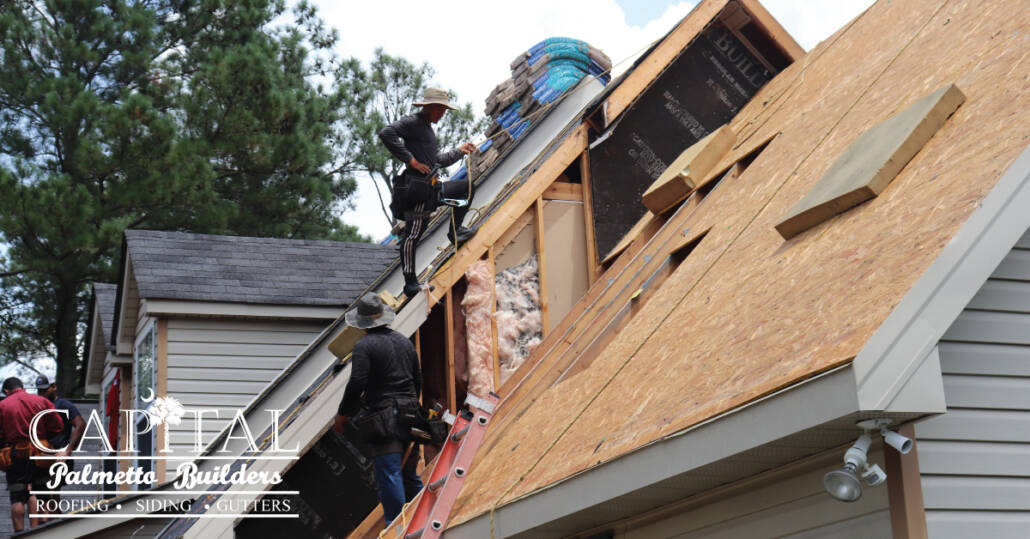
The National Electrical Code (NEC), the most widely accepted standard for the safe installation and maintenance of electric systems in the United States, is the NEC. Every three years, the NFPA releases a new edition of the NEC. It is regularly updated to reflect modern technologies and to protect individuals from burns or fires caused electric shocks.
NEC is the industry standard for safe residential, industrial and commercial electric systems. It covers all aspects of electrical systems, including outlets, receptacles and outlets, wiring, grounding, and GFCI protection.
Receptacles must be within six feet of the cord. This reduces the chance of tripping. Tamper-resistant receptacles can be provided to prevent children inserting items into the wire.
There's no limit to the number of receptacles allowed in a home or business, but the total circuit capacity must be no less than 100 amperes. Each structure must have its own service drop and be protected by a circuit breaker or fuses.

Breaker boxes must be installed at a minimum height of 4 feet and a maximum of 6 feet. They are not permitted to be placed in bathrooms. The breakerbox doors must open 90° and be free from obstructions.
A receptacle must be connected to a switch by a neutral wire if it is in the same place as a switch. This is an important safety feature for many types of switches and electronic devices that require constant electricity.
This applies especially to lights and other appliances as well as plug-in heaters and air conditioners. It also applies to outdoor receptacles in the same area as an indoor receptacle.
It's important to ground all electrical circuits, including those serving hot tubs and pools. To prevent dangerous sparks or arcing, you must also ground all plumbing, telephone lines, coaxial cable, and gas piping systems.
Ground fault circuit interrupter, also known as GFCI, cuts power if the line is shorted. When activated by an alarm, a ground fault circuit interrupter (or GFCI) is required in all rooms of a building. It can save lives.

Tamper-resistant receptacles can be used outdoors and indoors. These receptacles are designed to stop children from pulling a cord, or sticking a paperclip in the outlet.
In most cases, the NEC demands that a grounding line be run to all switch locations. This is an essential feature for electronic devices that do not require constant electricity but for any other type of switches that can still be pulled by a child.
Tamper-resistant outlets, receptacles and outlets in all rooms are required by the NEC. These devices can prevent tripping and prevent fires from starting if a child attempts to tamper the plug.
Before performing any type or electrical work, it's a good idea check with your local building departments about the local electrical codes. The NEC is the most common, but they could have additional requirements for your locality or municipality.
FAQ
What's the purpose for the service agreement?
A Service Agreement is used to establish the terms on which your customer will purchase goods from you. It also specifies how you will deliver those services to them in return for payment.
The most commonly used form of this document, is the Sales Order Form. You will need to state the products and prices that are being purchased by your customer. Next, list any additional items in the order. This includes delivery costs, VAT and insurance. Finally, you will specify when the order should delivery and be paid for.
It is possible to use a different document depending on the nature of the transaction.
You might use an invoice if, for example, you are selling a product but providing a service.
You will probably need a Purchase Order Form to purchase items from another party.
Make sure to include all necessary information when you are creating a sales form.
Keep in mind: The more detailed the sales order form, the easier it is for the buyer.
What happens when one party refuses to take their side in a deal?
The law allows you to sue the other party for damages if you don't fulfill your agreement. Damages include the amount owed in addition to interest, court costs, and legal expenses.
How can I get service contract agreements?
A standard form for SCA can be obtained at your local government. You could also use our online quotation generator to learn more about your requirements, and then send us details so that we can get in touch with you for further information.
Who creates a Service Agreement
Service agreements between you and your customers define how you will deliver services to them. This agreement outlines your customer's responsibilities and what you must do for them. It also explains when you have to pay them.
A service agreement will also indicate if additional fees are required for additional services.
A service agreement should include all the terms and conditions that apply to the contract. This includes delivery times, payment methods, warranties, and so forth.
You will be able to include everything in your agreement if you use the template.
What are the payment terms for the service/contractor I am required to pay?
The type of service provided will determine the payment schedule. You would normally pay the contractor when the job is done. However, when you purchase a product from a seller, such as a kitchen range oven, you may only pay once you have received and tested it.
Can I cancel my contract at anytime?
Yes, but you must do it within 14 days after signing the contract. Your contract can be ended by giving notice in writing up to seven days before the deadline. In some cases, however, you might still owe contractor money for work done.
Is a guarantee a service contract?
A service contract is not a warranty. A service contract is an agreement between two people to exchange goods or services. If the product is not performing satisfactorily, the customer agrees with the seller to cover the repair or replacement costs. This type contract is also known to be called a maintenance agreement.
Statistics
- Depending on the client's trustworthiness and financial stability, a deposit is usually 10 to 50% of the total contract amount. (lawdepot.com)
- (ii) Name, address, and telephone number of each proposed first-tier subcontractor with a proposed subcontract estimated at $10 million or more. (acquisition.gov)
- (v) Place or places of performance of the prime contract and first-tier subcontracts estimated at $10 million or more, if known. (acquisition.gov)
- Reasonable late fees go up to 25% per year on unpaid sums. (lawdepot.com)
- Don't take their anger personally, they are mad about the situation 99% of the time. (activatemylicense.com)
External Links
How To
What should a contract of service include?
Every business relationship should have a Service Agreement (SA). It sets out what you expect from one another and how you intend to achieve these expectations. It also outlines when and where the other party must fulfill its contractual obligations.
These are the key components of a successful SA:
-
The scope of work and services required by both parties.
-
Payment terms details, including start date and expiration dates for goods/services.
-
The project price must be agreed.
-
Additional costs, such as VAT, etc.
-
Discuss any other matters.
-
Who will take responsibility if there is an error in the job?
-
How disputes are resolved
-
What happens if a party breaches the contract.
-
What happens in the event of a dispute.
-
When will the contract become effective?
-
What happens if one party fails to perform?
-
What length of time will you be required to pay invoices
-
Who pays for things like travel expenses.
-
Where the money comes.
-
What happens if a client changes mind about the project?
-
What happens if your supplier doesn't show up?
-
Who has access to the site during construction?
-
What happens if the client cancels the project?
-
What happens if the product malfunctions?
-
What happens if the manufacturer refuses to supply parts.
-
What happens if your equipment breaks down?
-
What happens if a project takes longer than expected?
-
What happens if work isn’t completed in the timeframe agreed upon?
-
What happens when the project's quality falls below what you expected?
-
What happens if the cost overruns.
-
What happens when the materials are not delivered in time?
-
What happens if your material arrives damaged?
-
What happens when the products don't meet standards?
-
What happens if the job gets cancelled before it is completed?
-
What happens when the company goes under?